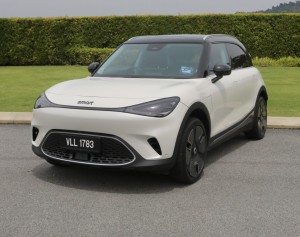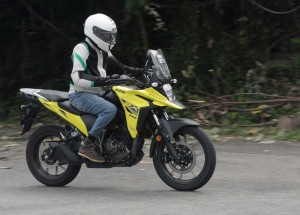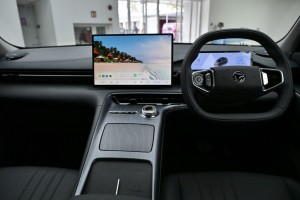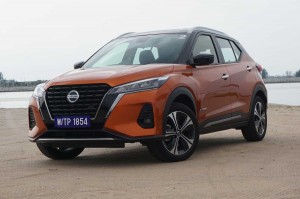Hyundai Mobis introduces new wide-screen digital cockpit
By CARSIFU | 12 June 2024
SEOUL: Hyundai Mobis on Tuesday showed off a digital display that stretches from pillar to pillar as a single, borderless, wide-screen cockpit.
It comprises an infotainment system installed at the front of the driver and passenger seats, providing various driving information and media content while enabling external communication. This includes a technology that adjusts the size and angle of the display panel according to driving modes.
As autonomous driving and electrification technologies rapidly advance, the competition in this field has intensified globally.
Hyundai Mobis calls it the M.VICS 5.0, its latest version of its integrated driver's system, which spans various digital cockpit technologies. Since introducing M.VICS in 2021, featuring functions analysing biometric signals such as posture, heart rate, and brain waves, Hyundai Mobis has continuously evolved the concept with annual upgrades.
The newly introduced M.VICS 5.0 focuses on converging diverse display technologies.
The M.VICS 5.0 consists of five display panels: a 27-inch main screen for dashboard, navigation information, and media content, a 12.3-inch high-definition screen for the passenger, a 7-inch screen displaying various vehicle status information, and button controls.
These are seamlessly connected to create a spacious and open driver's environment. A projection display with touch and haptic feedback has also been added below the large screen for enhanced convenience.
Hyundai Mobis, a Hyundai Motor subsidiary, has designed each display panel to function independently according to its purpose and use environment while allowing integration into a single screen when needed, achieving a "separate yet together" implementation.
The expansive screen displays diverse content, such as the dashboard, navigation, and infotainment, exceeding passengers' expectations from vehicle displays.
Notably, the display panels feature a variable system that moves vertically and adjusts tilt, optimising the screen's size and position according to driving conditions.
In the standard 'Drive Mode,' part of the panel lowers below the dashboard, transforming into a smaller display. In 'Theater Mode' for watching media content or 'Relax Mode' for resting, the steering wheel lowers and the seat tilts, with the display's tilt and size automatically adjusting accordingly.
The large-screen display covering the vehicle's front includes lighting technology on both sides to prevent accidents by warning of potential rear-side collisions during boarding or alighting.
Additionally, colour scenarios help reduce motion sickness. Cameras mounted on the steering wheel and above the driver's seat monitor real-time drowsiness and inattentive driving and issue emergency warnings. Various safety technologies, such as steering wheel slim airbags, passenger roof airbags, and knee airbags, are integrated to ensure passenger safety.
Tags
Autos Hyundai
Reviews

7.6
Maserati GranTurismo (Mk2) Modena: Sharp and smooth operator

6.8
Triumph Tiger 900 GT Pro: Multi-talented adventurer

Hyundai Ioniq 5 N: Born rascal

6.6
Husqvarna Svartpilen 401: Inspiring retro design

8.8
smart #1 (Premium): Agile, engaging, roomy, premium motoring

6.6
Suzuki V-Strom 250 SX: Multi terrain warrior

Proton e.MAS 7 impresses in quick dynamic driving exercises

Nissan Kicks e-Power: Kicking off a new efficiency
Videos

StarCarSifu Editors' Choice Awards 2024: Top winners

The Snowball – Lamborghini’s Heartwarming Christmas Story of...

EVOGO battery swapping solution showcased at IAA Mobility 20...
